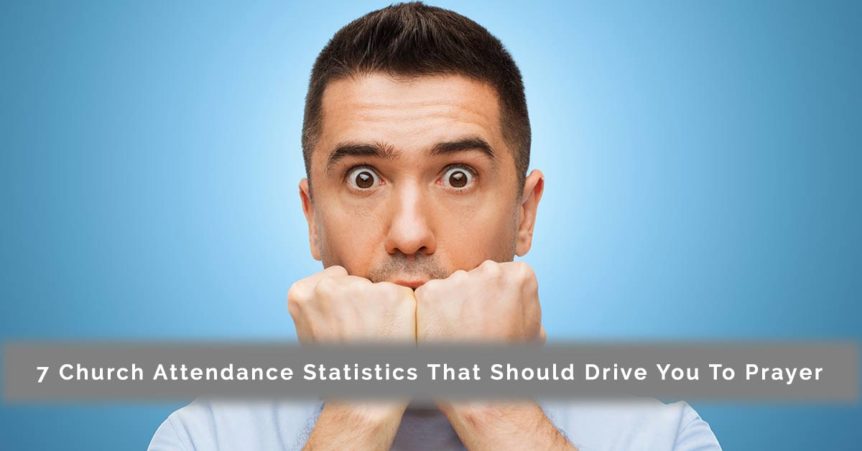It is often easy in our lives and ministries to become like the ostrich, with our head in the proverbial sand. We are busy. There are so many people and things that need our attention. In an effort to conserve our energy and complete the tasks we must do we can often go into maintenance mode. Doing what we need to do to get the job done. The Sunday’s come week in and week out. We check with our
In an effort to conserve our energy and complete the tasks we must do we can often go into maintenance mode. Doing what we need to do to get the job done. The Sunday’s come week in and week out. We check with our ushers or staff members responsible for asking, What are the church attendance statistics? Are we keeping pace? Are we growing? Or are we in decline?
Church attendance is always on the minds of every pastor, whether he would admit it or not. It is not a bad thing to take a gauge of the work you and your team is putting in. People often vote with their feet.
This can also be the case with church attendance. It can be hugely helpful to take a step back and look at the larger picture. Look not only at your church but at the church nationwide. What is God doing as a whole? Church attendance statistics can be good markers for you and your team. They can also provide points from which you can pray for change.
 Church Attendance Statistics
Church Attendance Statistics
- Gallup poll reports that 40% of Americans when asked say that they attend church regularly (Catholic, Mainline, and Evangelical). The real numbers of those who actually attend are closer to 20% – 17.7%. 52 million instead of 132 million. This large discrepancy in church attendance statistic reporting is called the “Halo effect”. People inherently feel that it is better to report that they are regular church attendees rather than not.
- The General Social Survey by Pew Research says 4 in 10 Americans claim to go to church every week. 44% belong to a congregation says the Association of Religion Data Archives. Mainline churches, (Episcopal, Presbyterian, Lutheran, Anglican, and Methodist) have been experiencing the steepest decline according to church attendance statistics. According to the Barna group, unless there is a drastic change, they are trending toward extinction within 4 to 5 decades.
- Historically African-American churches are a bright spot on the horizon. They are holding their own in the church attendance statistic front. They were at 7% in 2007 and were at a similar 6.5% in 2014. However, growth is the goal not just holding steady. In the face of so much decline, we take a win where we can.
- Some of those missing from the Mainline churches who might have been there in the 50’s or 70’s out of obligation are now no longer there at all. They are described in church attendance statistics as “Nones”. Nones have no religious affiliations or beliefs. In 2007 they made up 16% of Americans. In 2014 that number was up to a disturbing 23%.
- The Barna group cited a group of people described as the “Unattached”– people who had attended neither a conventional church nor an organic faith community (e.g., house church, simple church, intentional community) during the past year. Some of these people use religious media, but they have had no personal interaction with a regularly convened faith community. This segment represents one out of every four adults (23%) in America. About one-third of the segment was people who have never attended a church at any time in their life.
- Six out of ten adults in the Unattached category (59%) consider themselves to be Christian. Even more surprising was the revelation that 17% of the Unattached are born again Christians – defined as people who have made a personal commitment to Jesus Christ that they consider to be very important in their life, and who believe that they will experience Heaven after they die because they have confessed their sins and accepted Christ as their savior.
- A significant proportion of the Unattached engages in traditional faith activities during a typical week. For instance, one-fifth (19%) read the Bible and three out of every five (62%) pray to God during a typical week.

This “Unattached” group is ripe for connection. Real, authentic relationships with other people who are pursuing Jesus Christ in a real way. Offer them a way in from their solitary existence where they might listen to a podcast alone into a real life community of faith.

